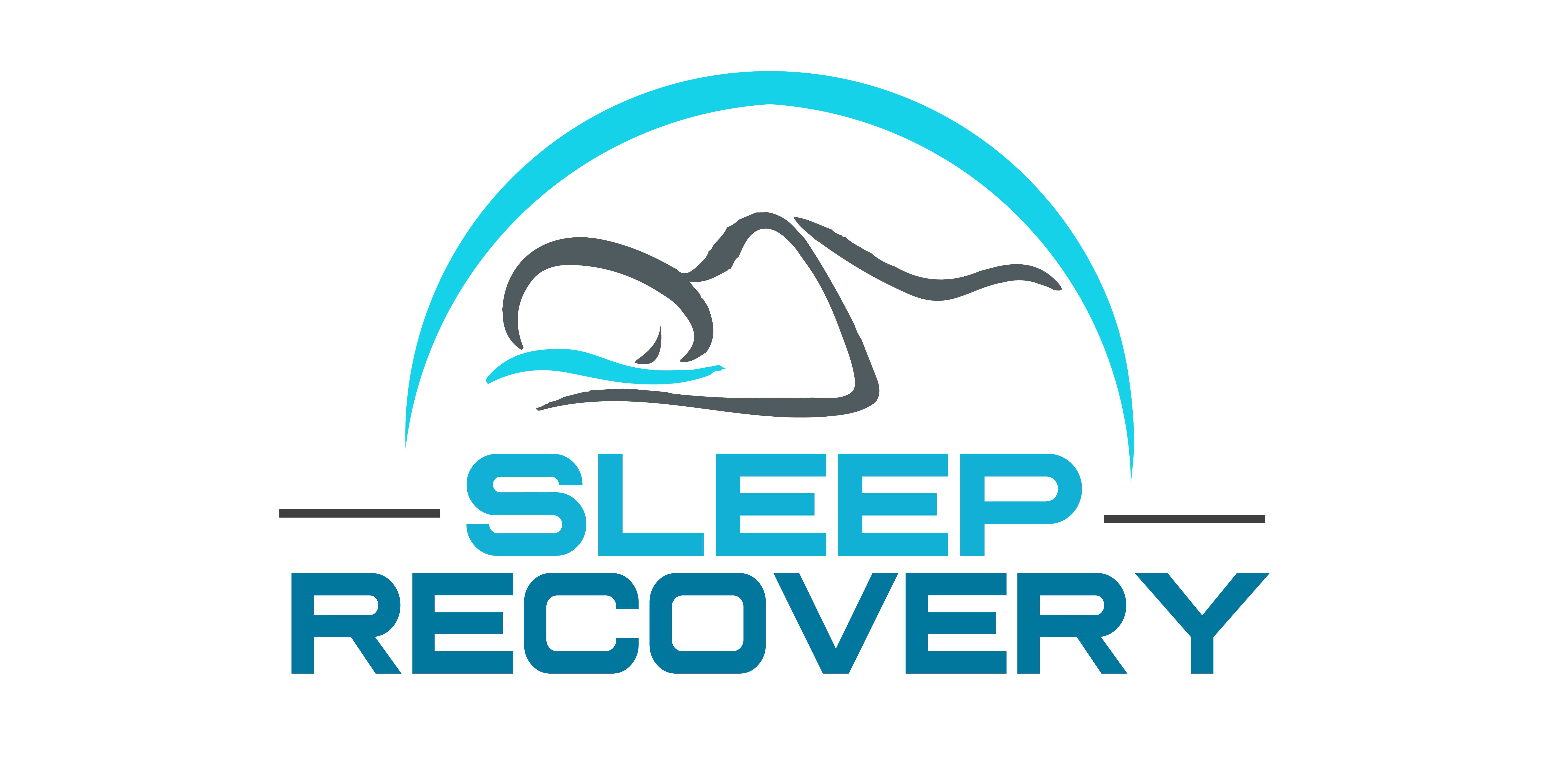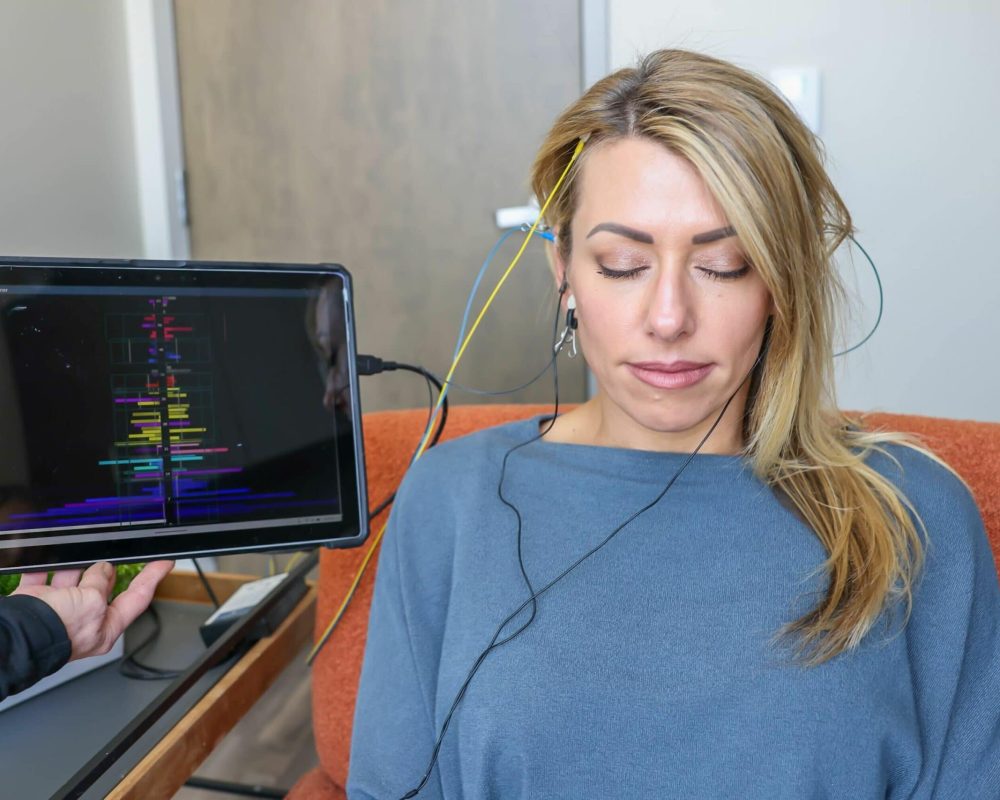Tai Chi Before Sleep: How Chinese Movement May Be the New Fix for Insomnia

Stephan Waterhouse stood in his backyard at 6:30 AM, moving through a Tai Chi form with deliberate slowness. Two decades of chronic insomnia had led him down every conventional path – sleep medications, cognitive behavioral therapy, sleep restriction protocols, with minimal success. Exhausted and frustrated, Stephan tried Tai Chi practice, and something shifted. The racing thoughts that typically ambushed him at bedtime started quieting on their own.
What he didn’t realize: his brainwave system was literally rewiring itself.
Hidden beneath the graceful movements of Tai Chi lies a neurological phenomenon that researchers are only beginning to understand. While practitioners have long known that Tai Chi cultivates tranquility and mental clarity, modern electroencephalography (EEG) technology now reveals exactly what happens in the brain during and after practice. The findings suggest that this ancient Chinese martial art might be one of the most powerful tools we have for stabilizing the nervous system, and potentially for sleep.
The EEG Evidence: Your Brain on Tai Chi
EEG measures the brain’s electrical activity through sensors positioned on the scalp. These signals, called brainwaves, resonate at different frequencies depending on your mental state. Scientists categorize these frequencies into five leading bands:
Delta waves (0.5-4 Hz) bring on deep, dreamless sleep and physical restoration.
Theta waves (4-8 Hz) emerge during light sleep, deep meditation, and creative thinking.
Alpha waves (8-12 Hz) characterize relaxed wakefulness, the bridge between the conscious and subconscious mind.
Beta waves (13-30 Hz) indicate active thinking, problem-solving, and focused attention.
Gamma waves (30+ Hz) correlate with peak cognitive performance and information processing.
Here’s where Tai Chi gets interesting. Papers published in the National Institutes of Health archives show that Tai Chi practice produces a unique brainwave signature: increased frontal alpha activity and elevated beta power. This pattern mostly occurs during states of simultaneous relaxation and attentiveness, exactly what Tai Chi practitioners describe experiencing.
A study in Journal NATURE using functional near-infrared spectroscopy found that experienced Tai Chi practitioners showed significant theta activities in the fronto-central and centro-parietal cortical areas. Translation: the parts of your brain responsible for attention, memory, and emotional regulation were firing in patterns associated with deep meditative states.
But unlike pure meditation, where you’re sitting still, Tai Chi practitioners maintain this theta activity while moving through complex choreographed sequences. The brain stays alert enough to coordinate movement (beta waves) while simultaneously entering the deeply relaxed state associated with meditation (alpha and theta waves).
Think about how rare that combination is. Most activities push your brain firmly into one state or another. Work, driving, and conversation activate beta waves. Sleep generates delta. Daydreaming creates theta. But Tai Chi creates something almost paradoxical: a state of relaxed vigilance in which your nervous system calibrates to a simultaneous state of calm and awareness.
The Sleep Connection: Why Movement Matters
For people struggling with insomnia, this brainwave pattern has profound implications. Dysregulated neural oscillations are typically observed in chronic sleep problems. Insomniacs often show excessive beta wave activity at night – their brains won’t downshift from the arousal states needed for daytime functioning. They get stuck in high gear.
Tai Chi appears to retrain this pattern. A 2024 study in Frontiers in Psychology examined college students who practiced a simplified form of Tai Chi for 12 weeks. Those conducting the study used EEG technology to measure their resting brainwave activity before and after the practice. The Tai Chi group showed robust improvements in executive inhibitory control – essentially, their brains became better at switching off unnecessary mental activity.
The mechanism involves something neuroscientists call “neural oscillation entrainment.” When you perform Tai Chi’s slow, rhythmic movements coordinated with controlled breathing, you’re giving your brain a particular pattern to follow. Over time, your nervous system learns to default to these more balanced brainwave patterns, even when you’re not practicing.
Dr. Zhujun Pan and colleagues reviewed 11 studies using neuroimaging tech to examine the effects of Tai Chi on older adults. They found notable changes in subjects’ cortical thickness, functional connectivity, and neural function within the executive network after the Tai Chi exercises.
The Alpha-Theta Gateway: Where Healing Happens
Alpha and theta brainwaves have something in common: they both allow access to the subconscious mind. Alpha waves (8-12 Hz) create what neuroscientists call “a gateway state” – you’re conscious and aware, but your critical, analytical thinking quiets down. Theta waves (4-8 Hz) go deeper, into the realm where memories, emotions, and intuitive insights reside.
Tai Chi’s unique contribution is that it trains practitioners to access these states while remaining physically engaged. This point matters for several reasons.
First, many people with chronic anxiety or insomnia struggle with traditional seated meditation. Their nervous systems are so hyperaroused that sitting still makes them more anxious. The movement component of Tai Chi provides enough sensory engagement to prevent this anxious spiral while still allowing the brain to drop into slower frequencies.
Second, the alpha-theta range is where emotional processing and memory consolidation occur. Research reveals that Tai Chi practitioners demonstrate reduced anxiety and depression compared to double-blinded test subjects. A study tracking participants over 12 weeks found that Tai Chi group members showed improvements in positive psychological capital questionnaires and increased node degree in the frontal and temporal lobes, areas crucial for emotional regulation.
Third, these brainwave states facilitate what psychologists call “diffuse attention.” Instead of focusing intently on one thing (which activates high beta), your awareness broadens and softens. This change allows pattern recognition, creative problem-solving, and intuitive insights that don’t emerge during focused analytical thinking.
The Cortical Thickness Factor: Physical Brain Changes
One of the most remarkable findings about long-term Tai Chi practice involves actual structural changes in the brain. Numerous peer-reviewed papers using functional magnetic resonance imaging (fMRI) have documented that Tai Chi practice affects the structure and function of the brain’s prefrontal lobes, thereby augmenting memory and cognitive function.
The cortical sources of theta and alpha brainwaves in the central, parietal, and occipital regions showed significantly higher activity in Tai Chi practitioners than in age-matched controls. Interestingly, they showed lower delta wave activity – the slow-wave pattern associated with cognitive decline and sluggish mental processing in elderly individuals.
This EEG change suggests that Tai Chi doesn’t just temporarily improve brain function during practice. It creates lasting structural changes that maintain cognitive performance as we age. The brain becomes more efficient at generating the oscillation patterns associated with optimal functioning.
Movement as Medicine: The Neurotransmitter Effect
Moving beyond brainwave patterns, Tai Chi influences the brain chemistry system that supports healthy brain function. The practice promotes the production of several key neurotransmitters:
GABA (gamma-aminobutyric acid) is the brain’s primary inhibitory neurotransmitter. It calms neural activity and reduces anxiety. Low GABA levels are implicated in both anxiety disorders and insomnia. Tai Chi’s slow, controlled movements and focused breathing increase GABA production, creating a natural anxiolytic effect without medication.
Serotonin regulates mood, appetite, and sleep-wake cycles. Research shows that alpha brainwave states (which Tai Chi generates) correlate with increased serotonin production. This fact explains why regular practitioners often report improved mood and emotional stability.
Dopamine drives motivation, reward, and motor control. The complex movement sequences in Tai Chi activate dopaminergic pathways, supporting both physical coordination and mental engagement.
Norepinephrine maintains alertness and attention. Tai Chi’s unique combination of relaxation and focus appears to optimize norepinephrine levels – enough to stay engaged, but not so much that you become anxious or hyperaroused.
This neurochemical profile creates conditions for both better sleep and reduced anxiety. Unlike medications that artificially manipulate single neurotransmitter systems, Tai Chi allows the brain to regulate its own chemistry toward balanced functioning naturally.
The Research Gap: What We Still Don’t Know
The optimal “dose” – how often and how long to practice – remains unclear. Different Tai Chi styles (Chen, Yang, Wu, Sun) may produce different neurological effects, but comparative studies are lacking.
Researchers also struggle with the question of mechanism. Is it the movement itself that creates these brainwave patterns? The breathing techniques? The meditative attention?
Sleep Recovery’s Next Innovation: Integrating Tai Chi Training
At Sleep Recovery, we’ve spent two decades using neurofeedback and brainwave entrainment technology to help clients improve sleep quality and reduce anxiety. Our approach works by providing the brain with direct feedback on its electrical patterns, allowing it to self-correct toward more stable functioning.
The EEG research on Tai Chi caught our attention because it demonstrates similar outcomes: normalized brainwave patterns, reduced anxiety, and improved sleep architecture. The difference is that Tai Chi achieves these results through physical practice rather than technological intervention.
We’re considering adding a Tai Chi online tutorial as an added feature to our existing sleep coaching toolbox. Here’s why this makes sense:
Our clients already understand brainwave concepts. They’ve seen their own EEG patterns during neurofeedback sessions. They know what alpha, theta, and beta waves represent. Introducing Tai Chi becomes a natural extension of that education – a way to practice between neurofeedback sessions and maintain results long-term.
The combination could be powerful. Neurofeedback provides precise, personalized training for specific brainwave dysregulations. Tai Chi offers a daily practice that reinforces and maintains those healthier patterns without requiring technology or supervision.
For clients traveling or between sessions, Tai Chi tutorial access provides continuity of care. They can maintain their progress through self-directed practice. The meditative component supports the anxiety awareness coaching we already incorporate, while the movement addresses the physical tension that often accompanies chronic sleep problems.
We’re exploring partnerships with qualified Tai Chi instructors who understand neuroscience and can explain the practice in terms our clients already understand. The tutorials emphasize the specific forms and breathing techniques most likely to generate the brainwave patterns associated with improved sleep.
The goal isn’t to replace our core neurofeedback program, which remains highly effective. Instead, we’re looking at Tai Chi as a complementary practice that extends and deepens the neurological changes our clients achieve through treatment.
Getting Started: What You Need to Know
If you’re curious about experiencing Tai Chi’s neurological benefits yourself, a few key points to consider:
Start with a qualified instructor. While Tai Chi appears deceptively simple, proper form is essential for maximizing its neurological effects. Poor posture or incorrect breathing can increase tension rather than reduce it.
Consistency trumps intensity. Fifteen minutes daily produces better results than occasional hour-long sessions. The brain needs regular repetition to establish new oscillation patterns.
Patience pays off. Initial sessions might feel awkward or frustrating as you learn the movements. The measurable neurological changes typically emerge after weeks of regular practice, not days.
Combine with breathing awareness. The coordinated breathing in Tai Chi isn’t just for show – it directly influences the nervous system’s shift from sympathetic (stress response) to parasympathetic (rest and digest) activation.
Consider your goals. If you’re primarily seeking stress reduction and relaxation, emphasize the slower, gentler forms. For cognitive enhancement and alertness, slightly faster-paced practices might be more appropriate.
The Bigger Picture: Ancient Wisdom Meets Neuroscience
Now we can measure precisely what “working” means in neurological terms. We can watch the brain shift from dysregulated oscillations toward balanced patterns. We can track increases in cortical thickness and improvements in functional connectivity. We can quantify changes in neurotransmitter production.
But here’s what remains humbling: knowing the mechanism doesn’t make the practice more effective. The ancient masters who developed Tai Chi achieved the same neurological outcomes without EEGs, fMRIs, or neurotransmitter assays.
Your brain is extraordinarily plastic, capable of change at any age. Whether you’re 25 or 75, beginning Tai Chi practice today can reshape your neural landscape.
That’s not mysticism. It’s measurable neuroscience. And it’s available to anyone willing to move slowly, breathe deeply, and give the practitioner’s nervous system permission to find a more balanced rhythm.



